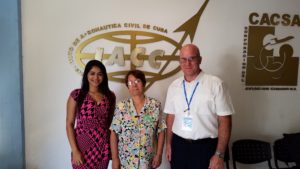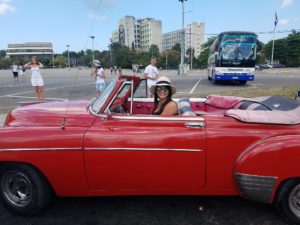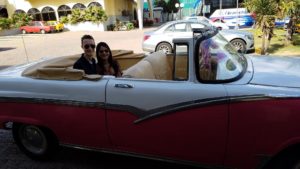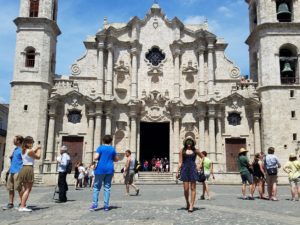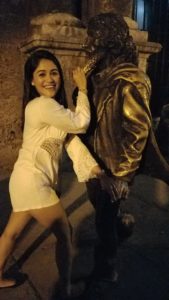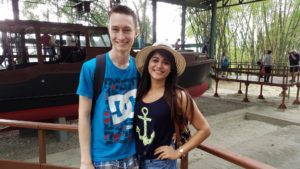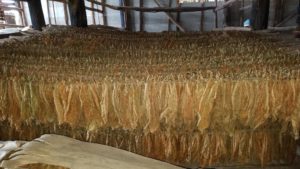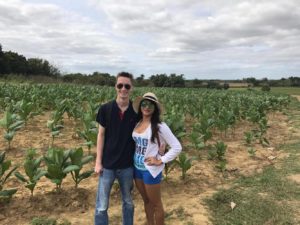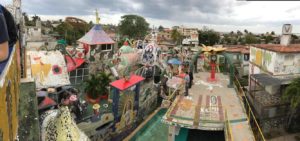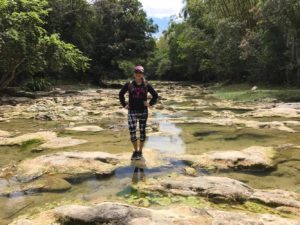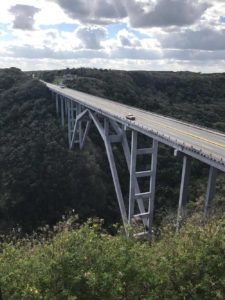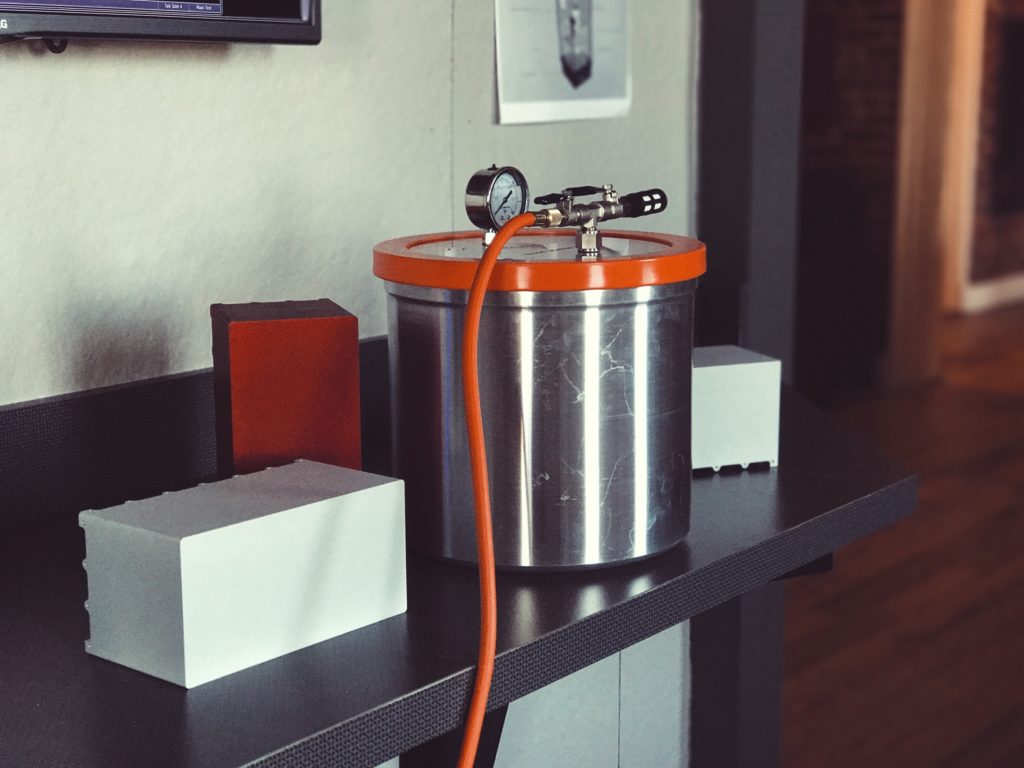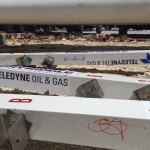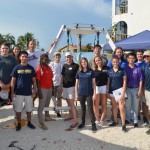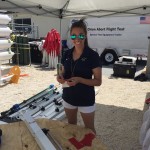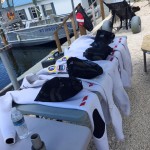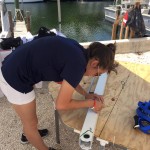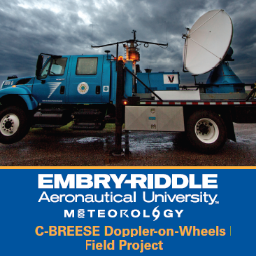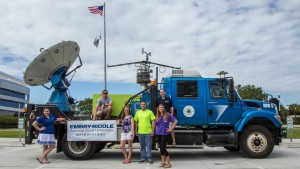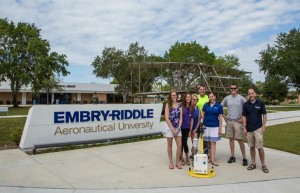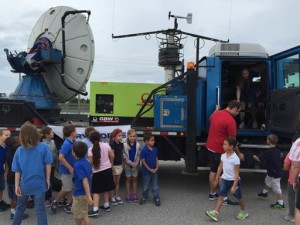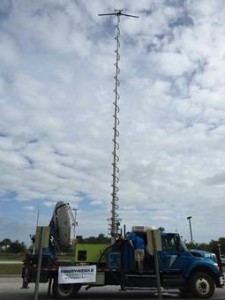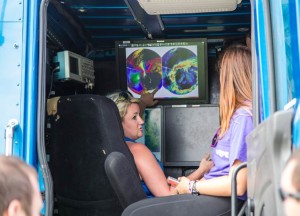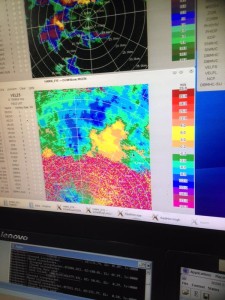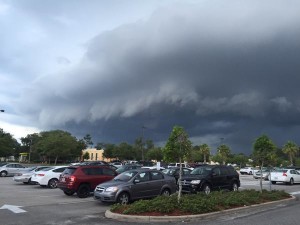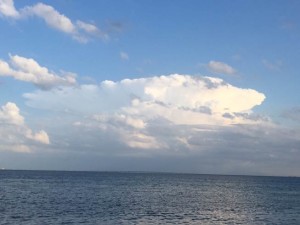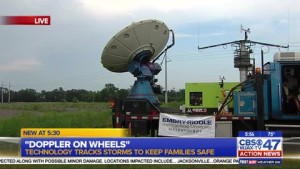Hey everyone! As the spring semester comes to a close I wanted to take a moment to introduce myself. My name is Dominic Popolo and I am a Communications Major with a track in Broadcast Meteorology and a minor in Emergency Management. I recently completed my second year at Embry-Riddle, which is crazy because it feels like I just started! I guess time just flies like that.
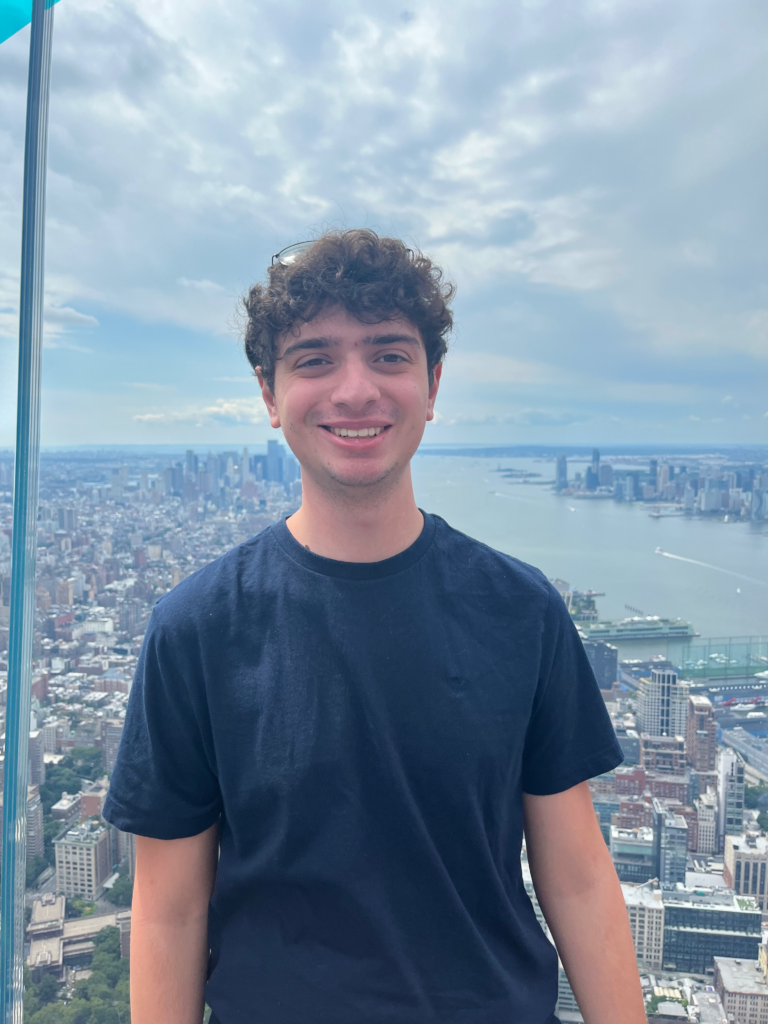
This past week was probably the busiest I’ve had all semester. Between banquets, finishing up projects, presentations, and more, it has been a marathon. As stressful as it was, it was also super fun and rewarding.
My week kicked off on Easter Sunday, when my friends and I drove up to Matanzas Inlet to have one last beach day of the semester. I definitely enjoyed soaking up some sun before I return home to New Jersey, where it won’t quite be beach weather yet. The sun was definitely a little harsh and I got a little sunburnt, but I still had a blast!
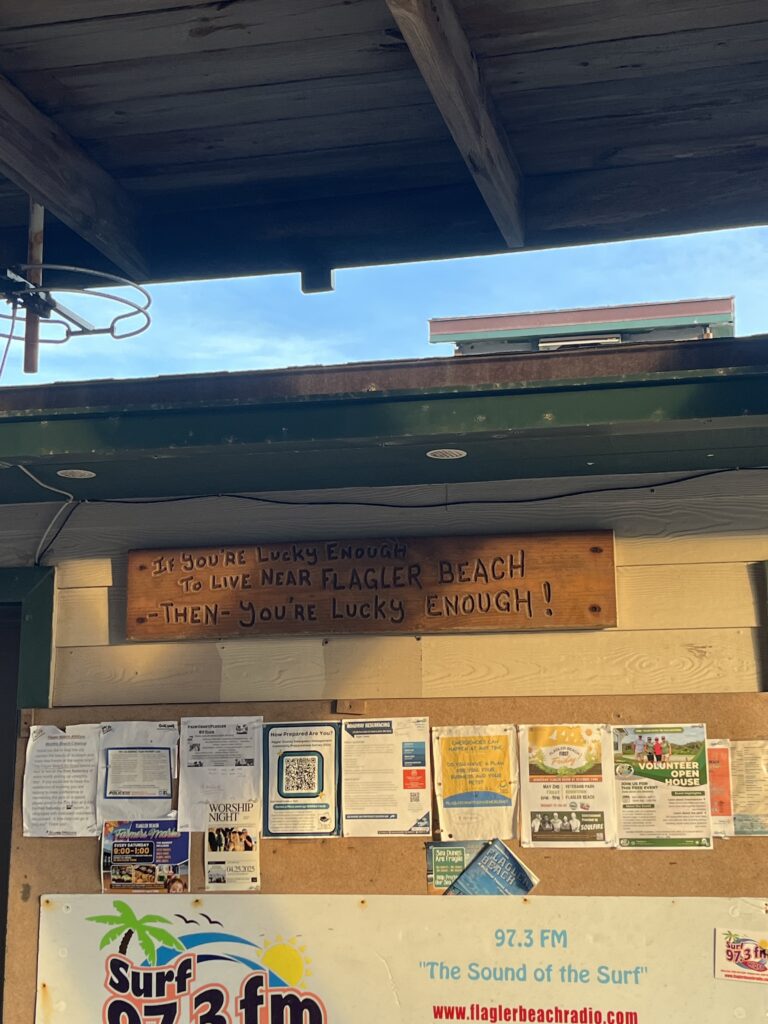
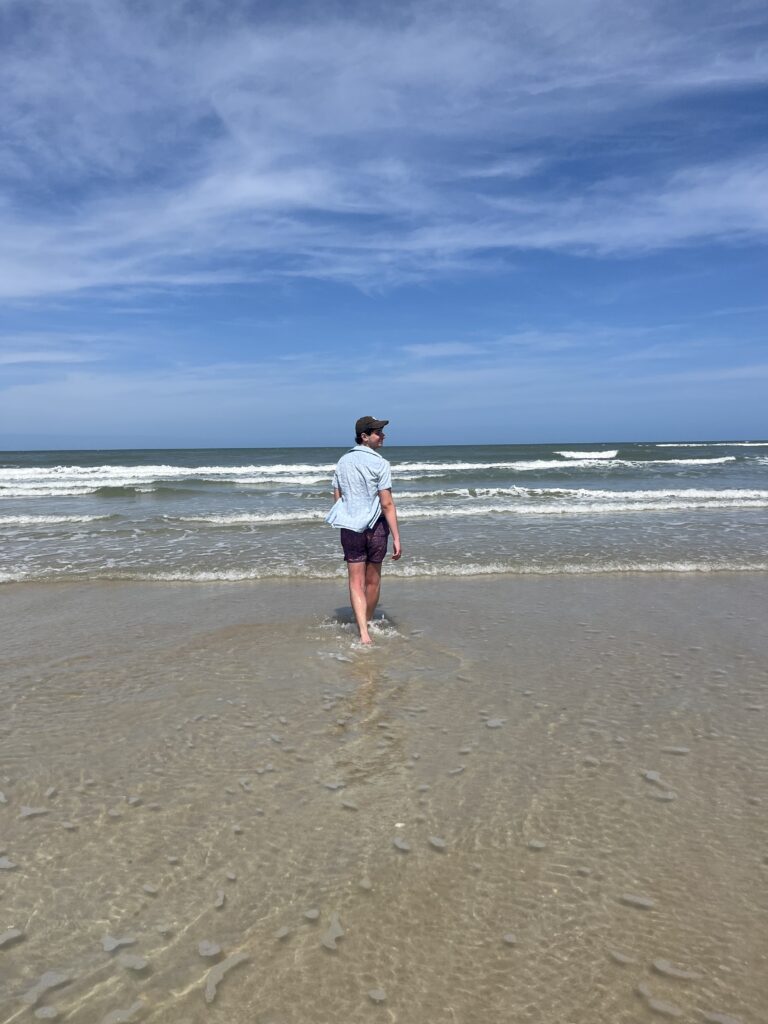
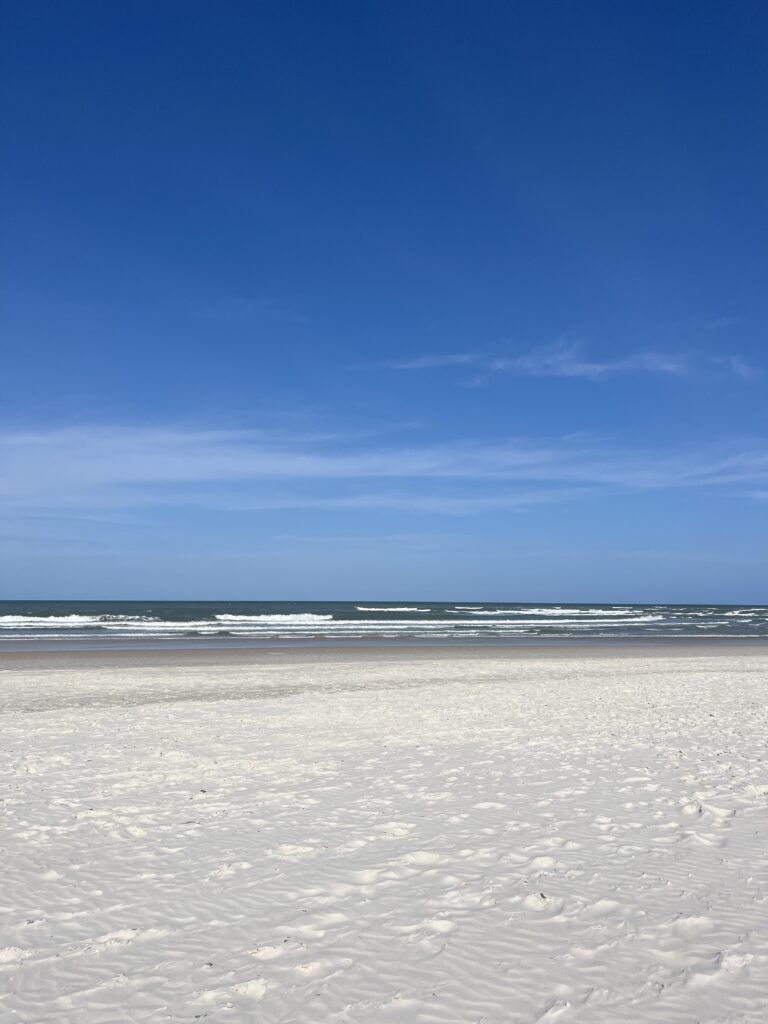
Tuesday started off with my final presentation in my Thunderstorms class about the March 25, 2023 tornado outbreak. My partner Reagan and I had been practicing all weekend for this presentation, and we were able to successfully give all the information about the severe weather event in the allotted time. It was definitely a stress reliever to complete the presentation.
That night, I had the annual end of the year meteorology banquet, where we celebrated the accomplishments of both the Meteorology Department and the American Meteorological Society / National Weather Association (AMS/NWA) Chapter on campus. This banquet was a great time to get together as meteorologists on campus, eat some barbeque, and watch the annual “Professors Read Mean Evaluations” video. The executive board for AMS/NWA next year was also revealed at the banquet, and I will be serving as Secretary. I am so excited to help further the mission of the organization on campus!
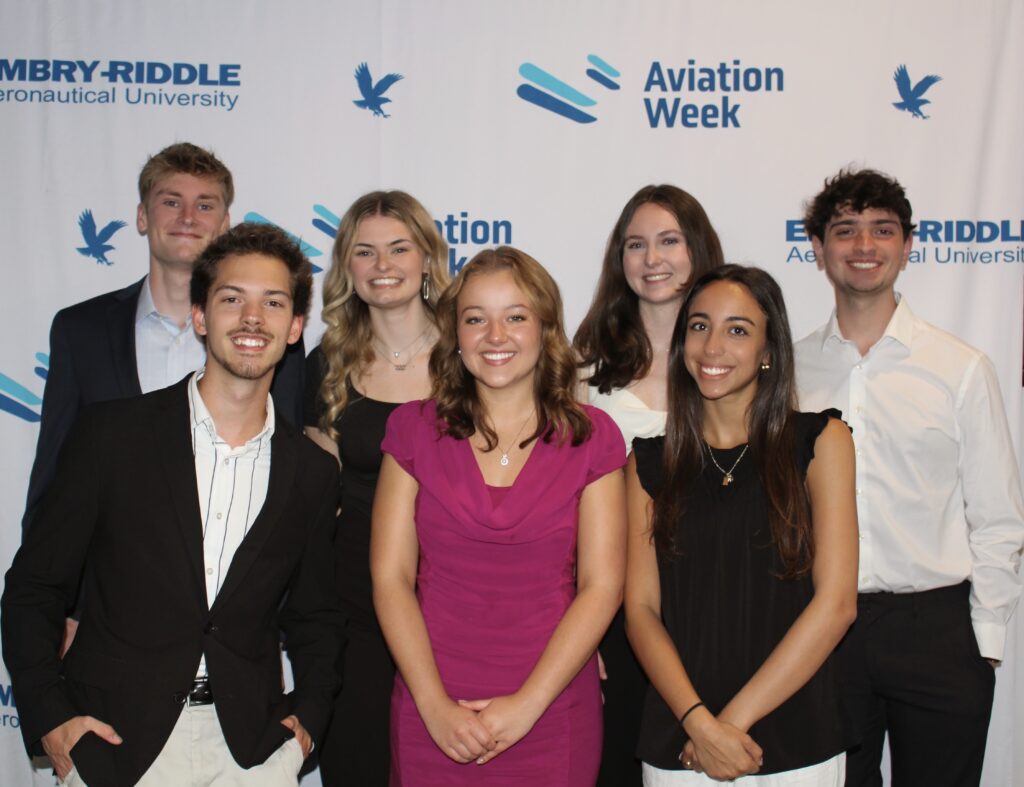
After the banquet, I went to my final Avion meeting of the semester as News Editor, where we celebrated the semester with a party and staff awards and superlatives. It was such a fun year in Avion this year, and I am so excited to continue my journey in the organization as Managing Editor next year!
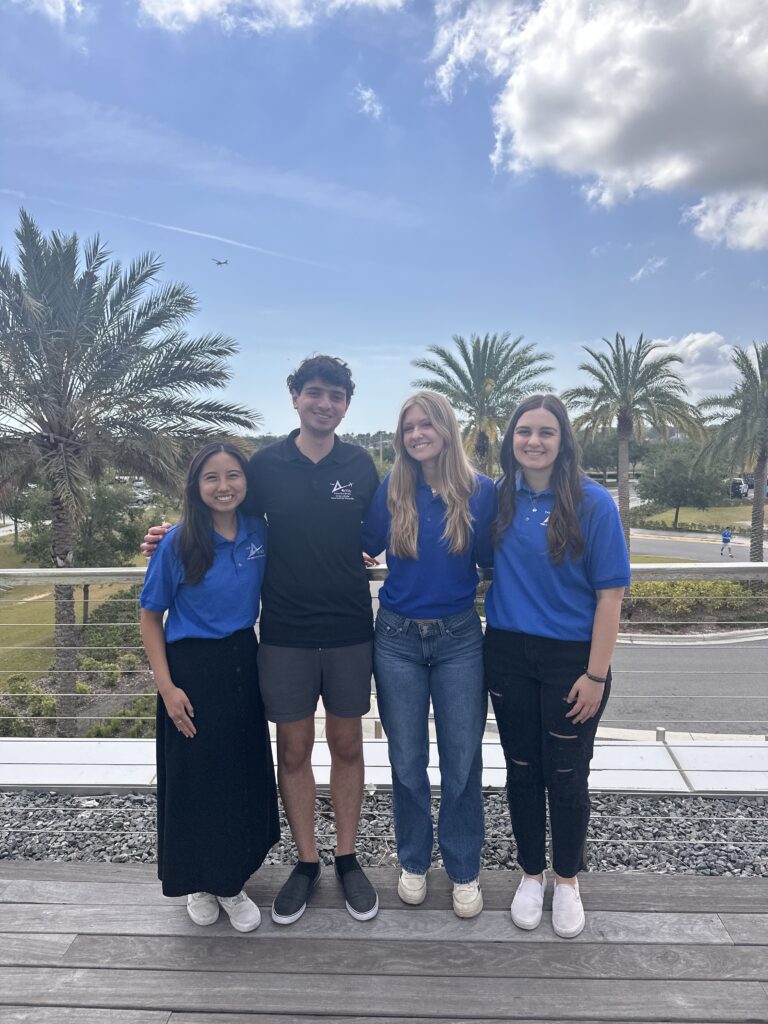
Thursday was another busy day. I started my day off by presenting my research project at the Humanities/Communication Research Symposium. My group researched how upperclassmen digitally market themselves to potential employers for our Communication Research Theory and Methods class. It was such an enlightening experience to be able to present our research that we have been working on all semester.
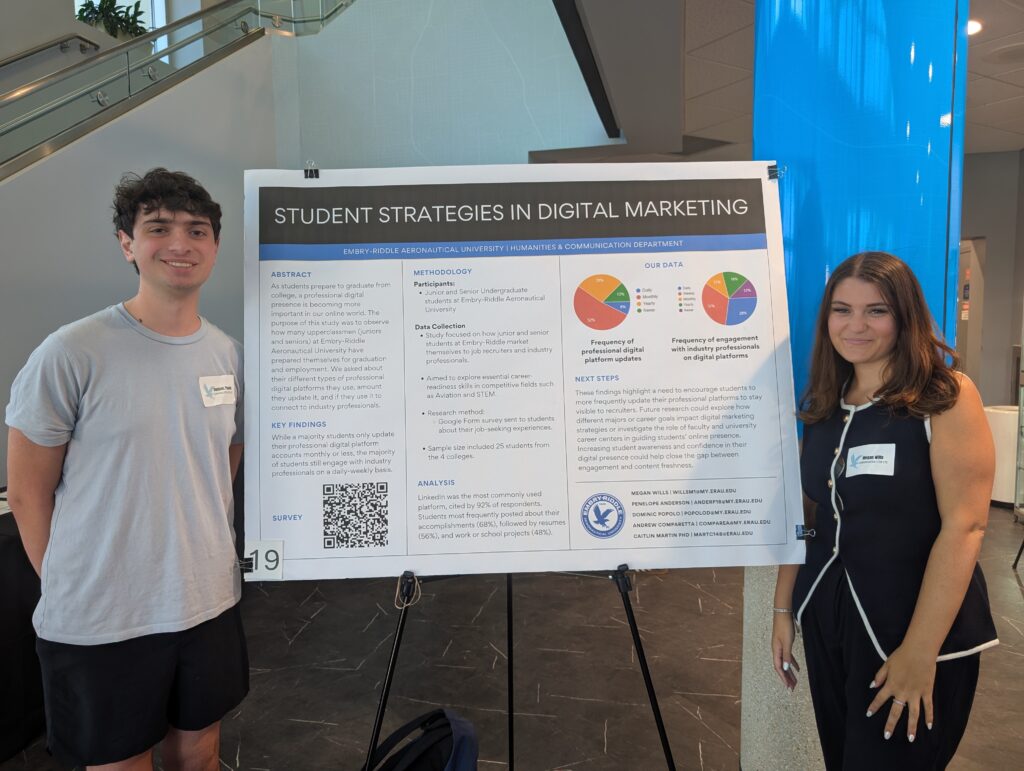
Later on Thursday, I attended the Student Government Association (SGA) End of the Year Banquet. Here, we highlighted the accomplishments of the SGA throughout the last year, and looked forward to what next year will bring. It was a great chance to spend time with my friends and celebrate our hard work throughout the year. We also got some great pictures at The Avion’s brand new photo booth!
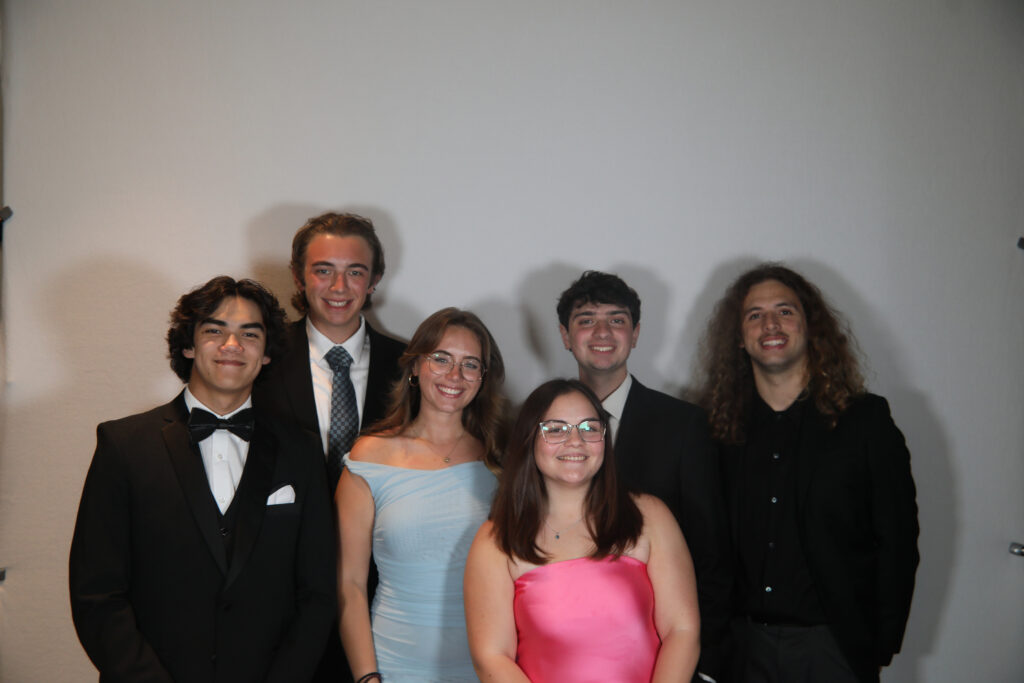
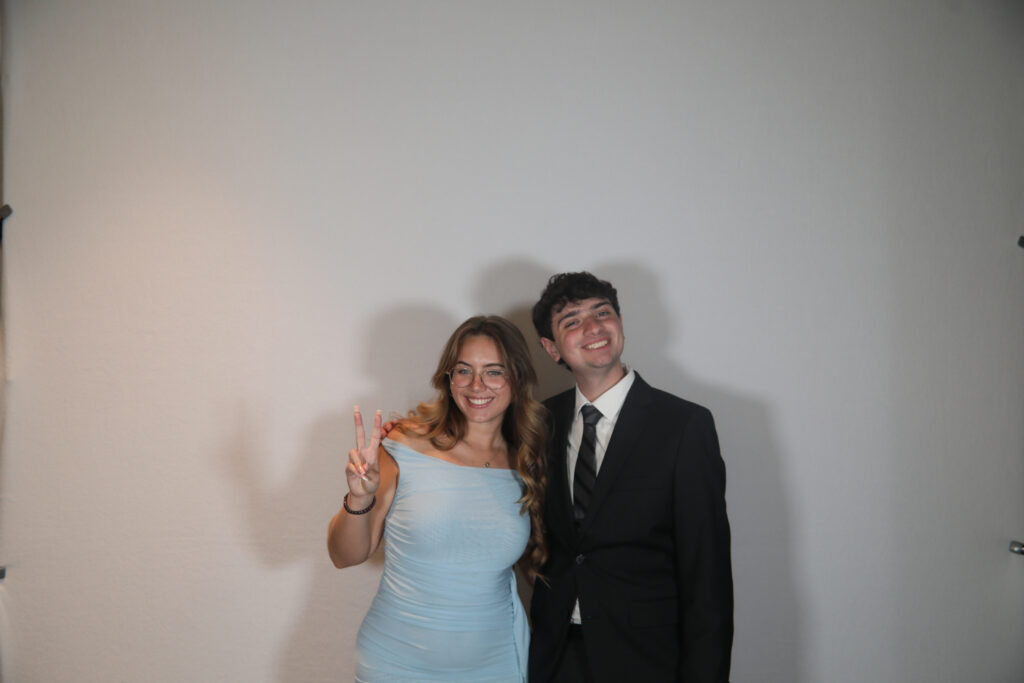
With Friday came study day, and I worked an entire day in the Weather Lab tutoring students for their Introductory and Aviation weather courses. I really enjoy my job here, being able to share my weather knowledge with students from all majors to help them succeed in their classes. Starting Friday night, I also assisted with the Late Night Study Sessions in the Student Leadership Suite, handing out donuts with the Avion as a part of the SGA’s broader initiative to feed as many students up late studying during finals. We gave out 10 dozen donuts in 17 minutes, which was crazy!
Finally, my week came to a close on Saturday. After working on our final reports and projects all day, my friends and I decided to take a drive to the park at Ponce Inlet with some Taco Bell for a break from the stress of finals week. This was a nice way to end our super busy week and spend some time with each other before we all disperse for the summer. A couple of my friends are graduating this semester, and I am so sad to see them leave. But I know there will be even more friends to be made and adventures to have when I return to campus in August.
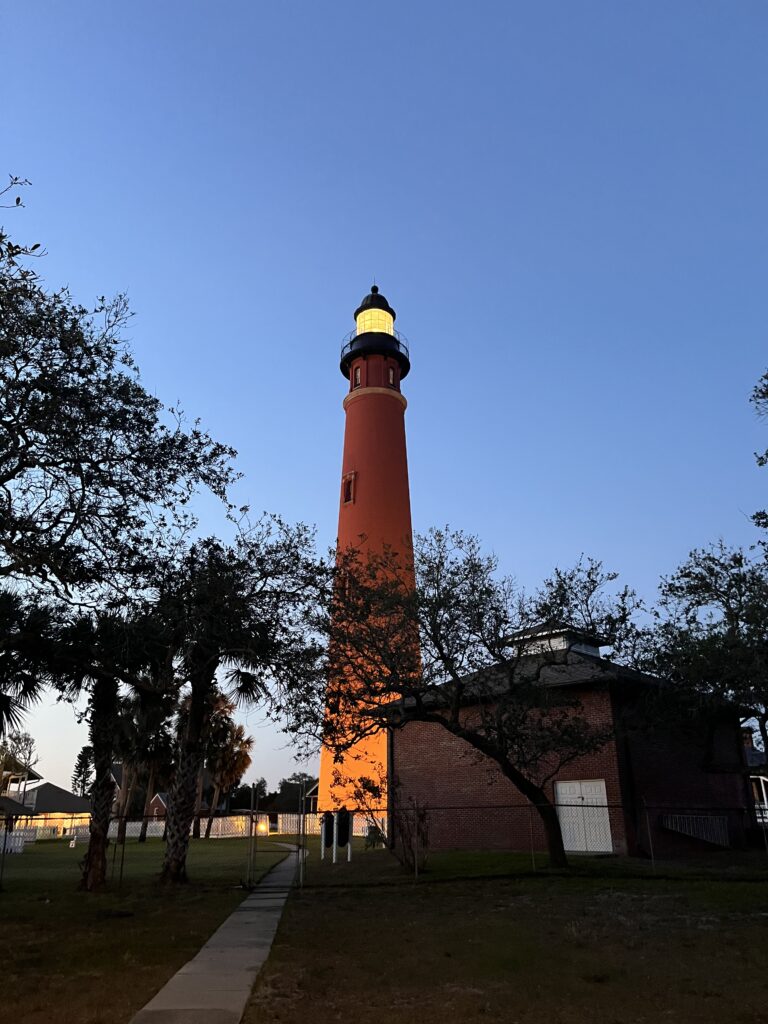
I hope you enjoyed this glimpse into my final week of Sophomore year on campus. Just know that there is much more to come over the summer and next fall! See you all soon!


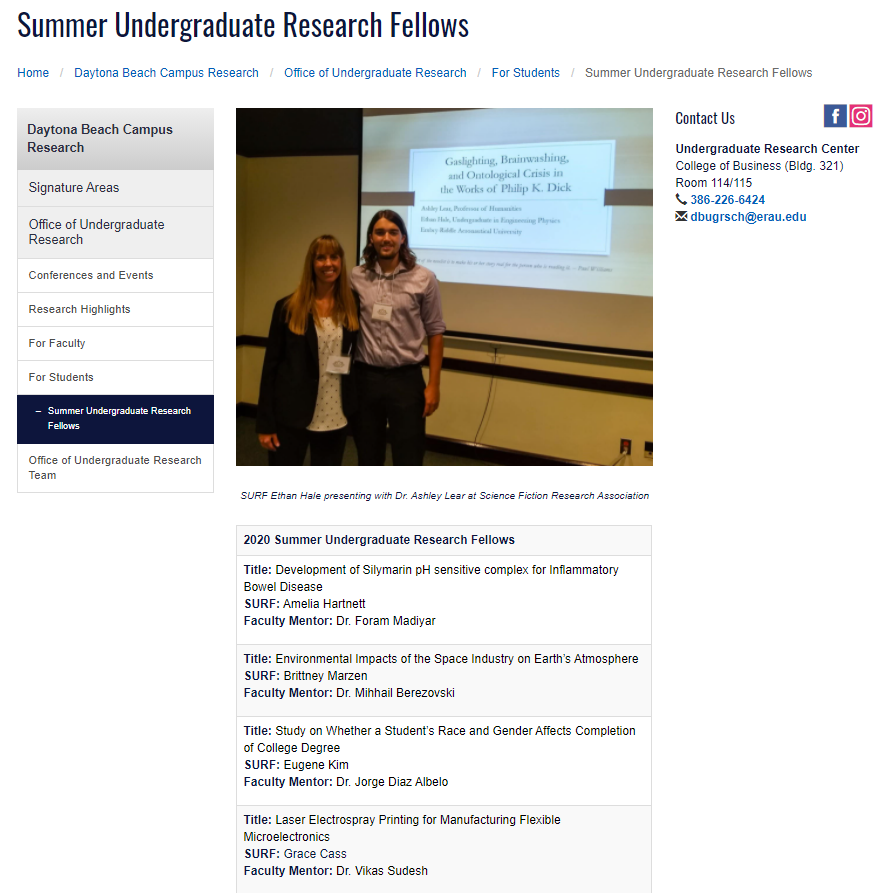
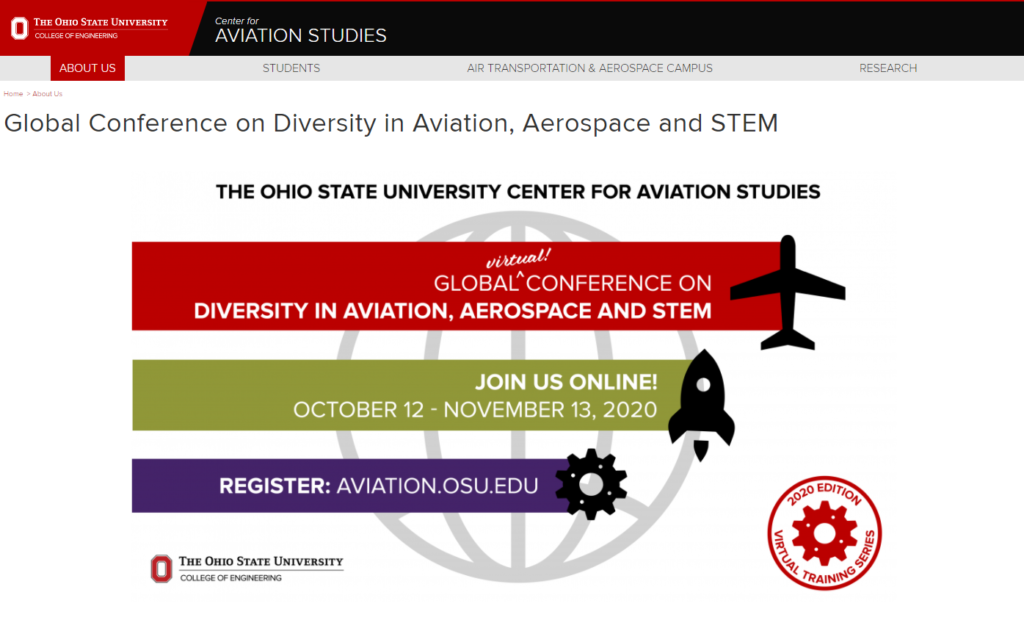
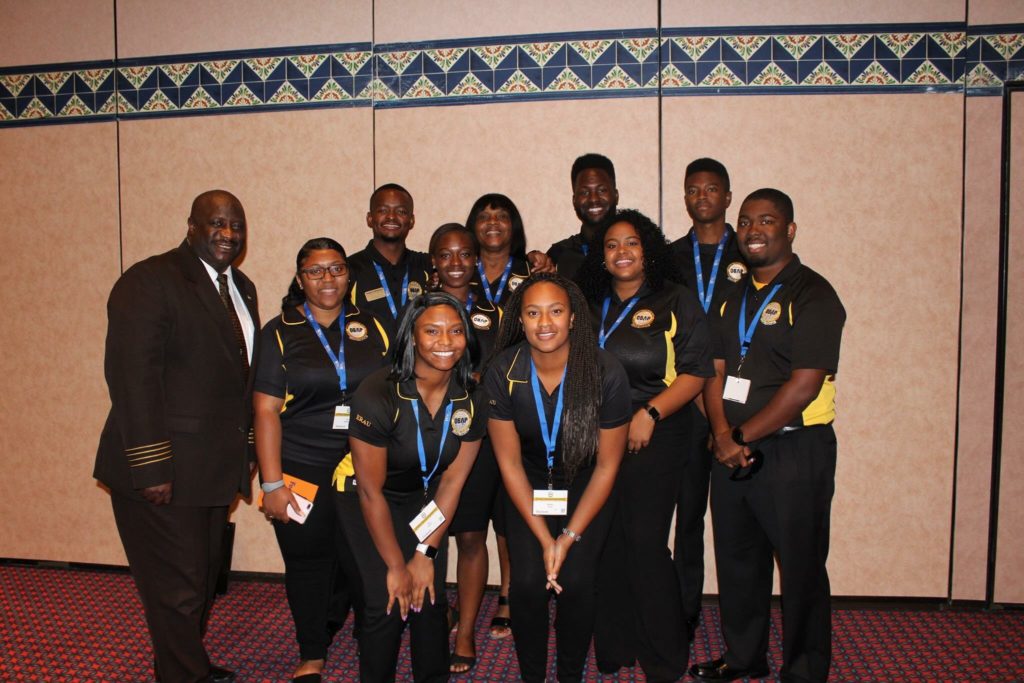
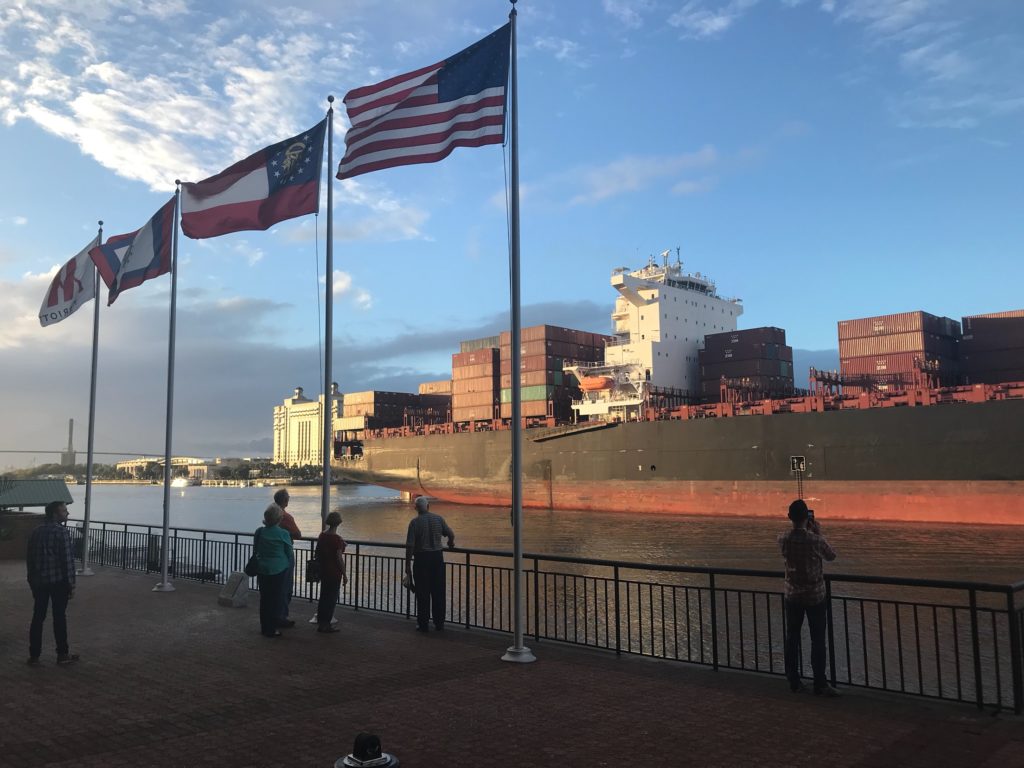
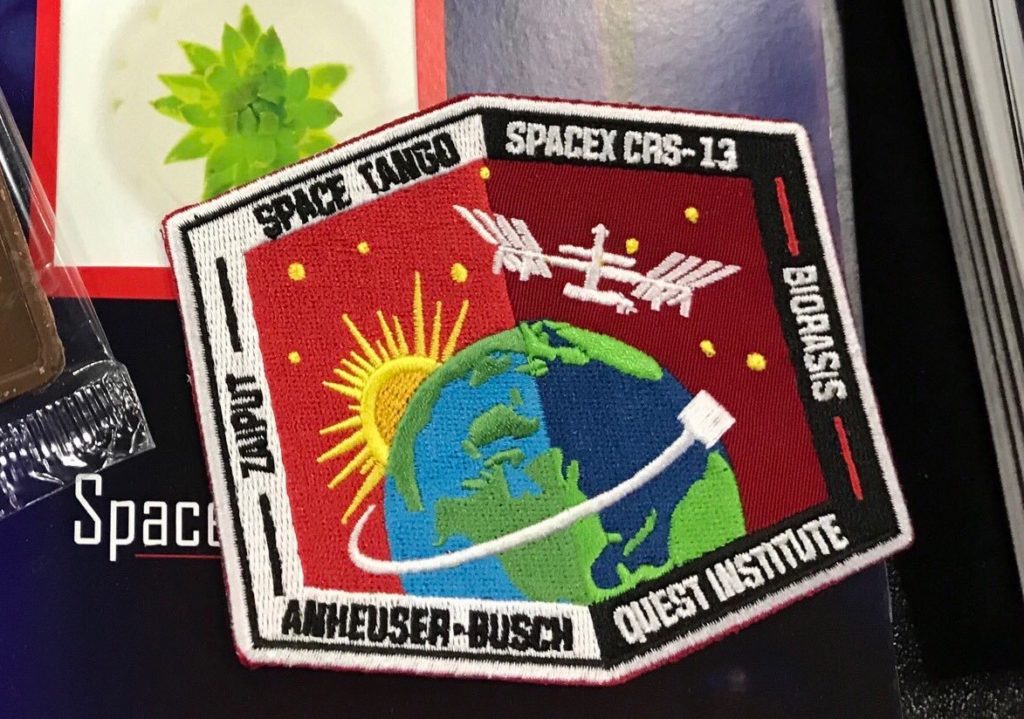
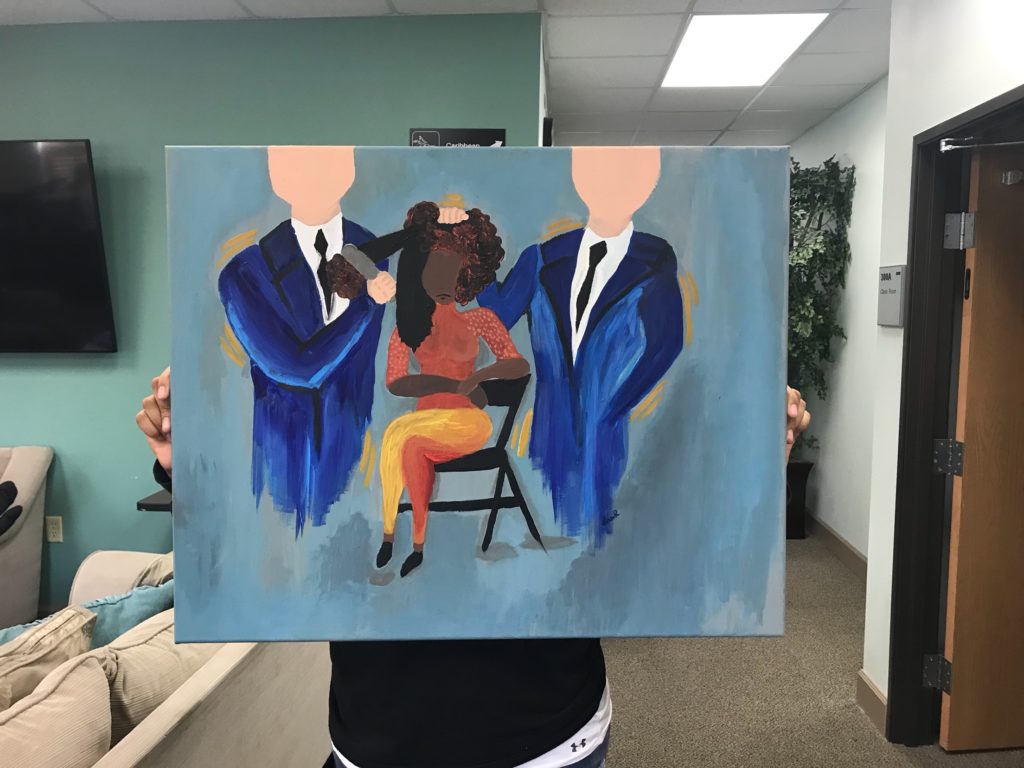
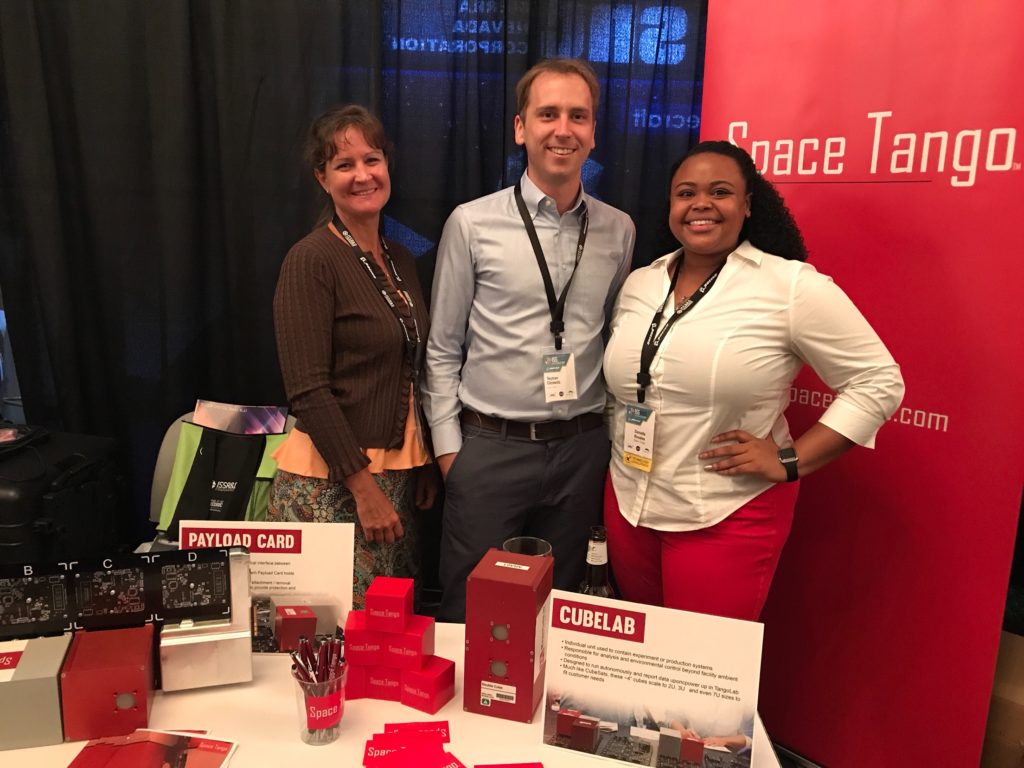

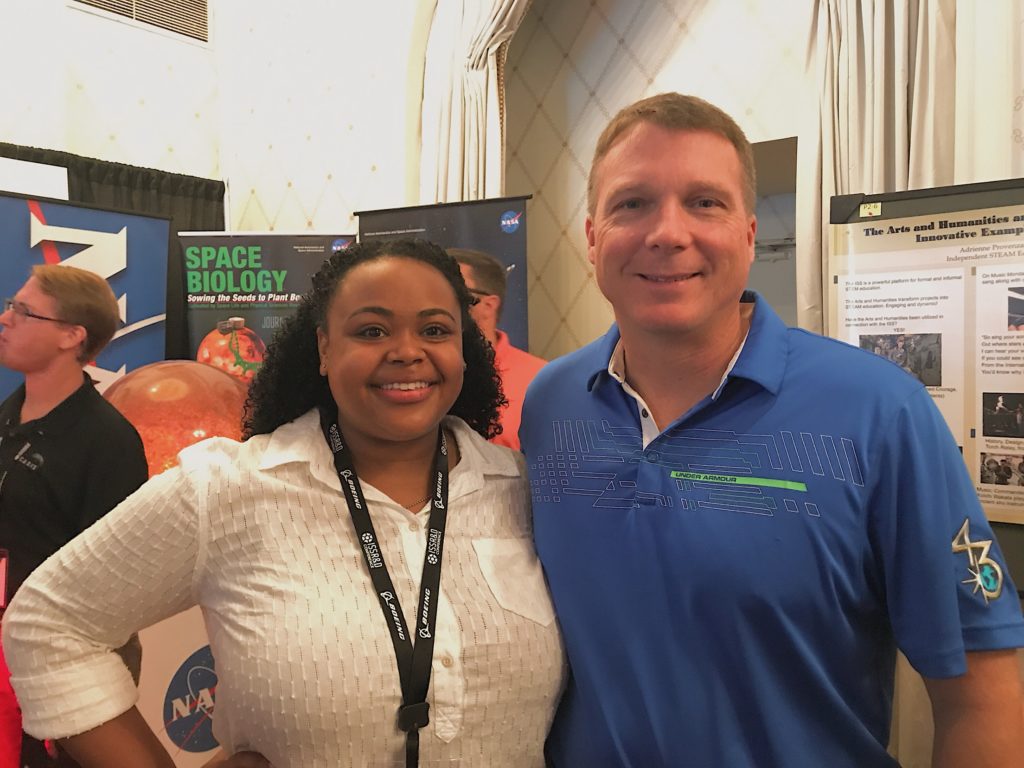
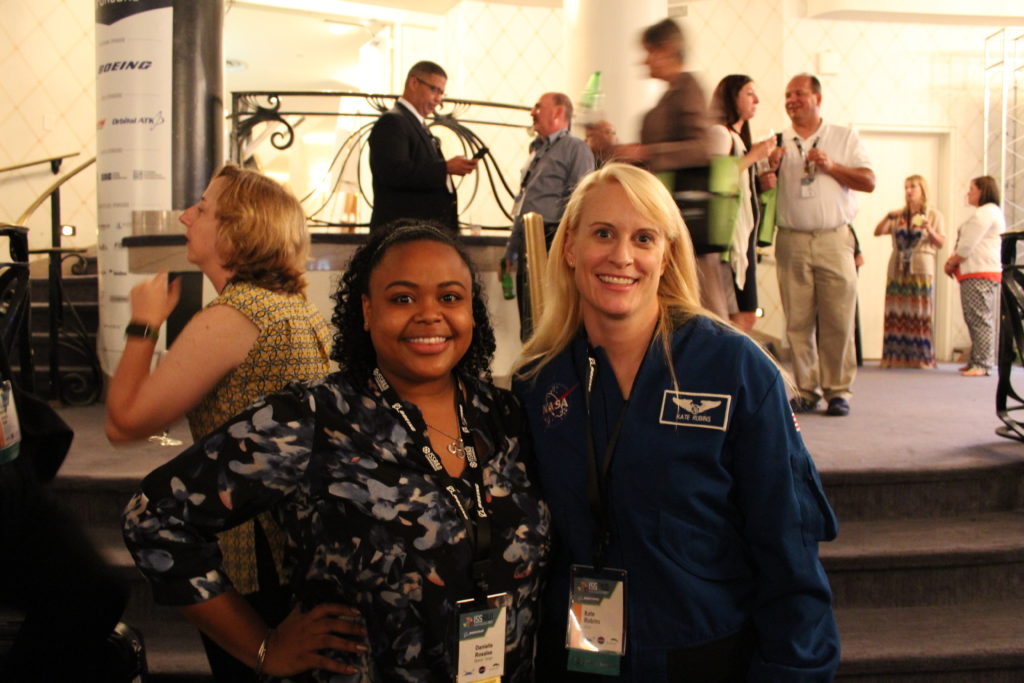
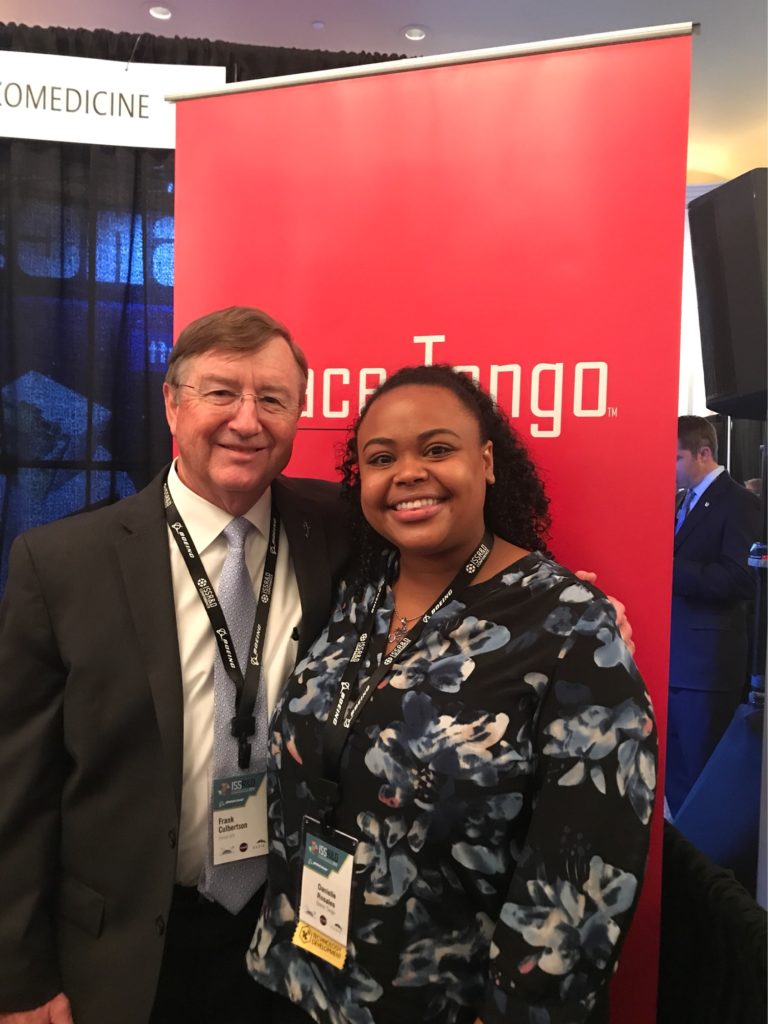
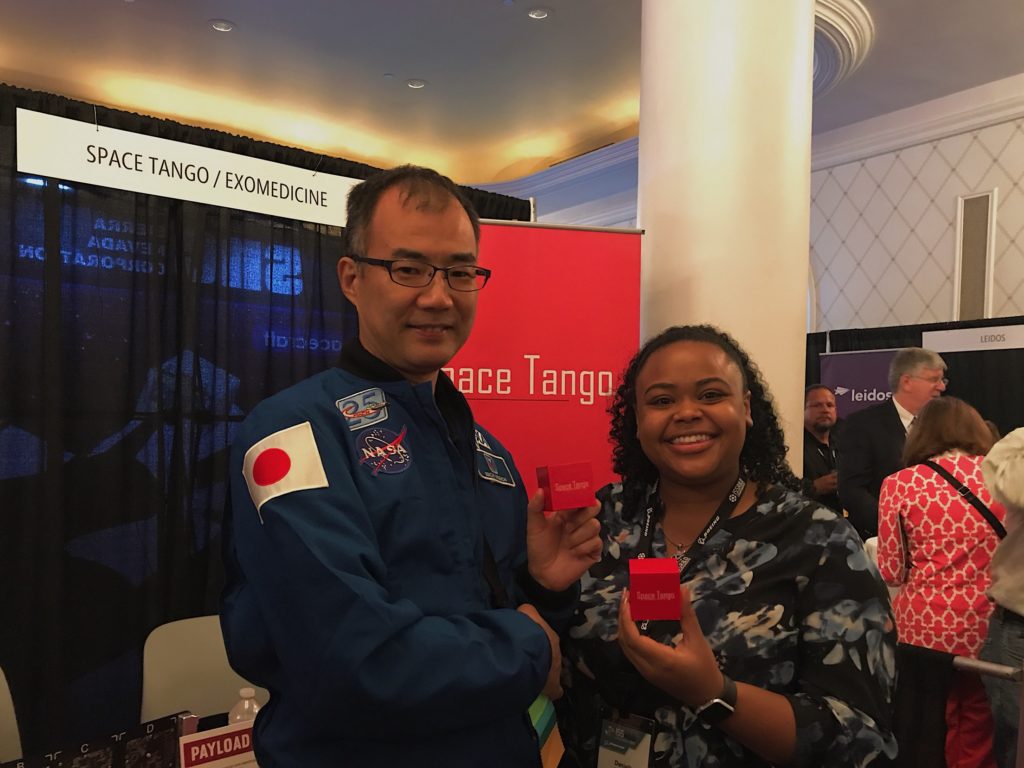
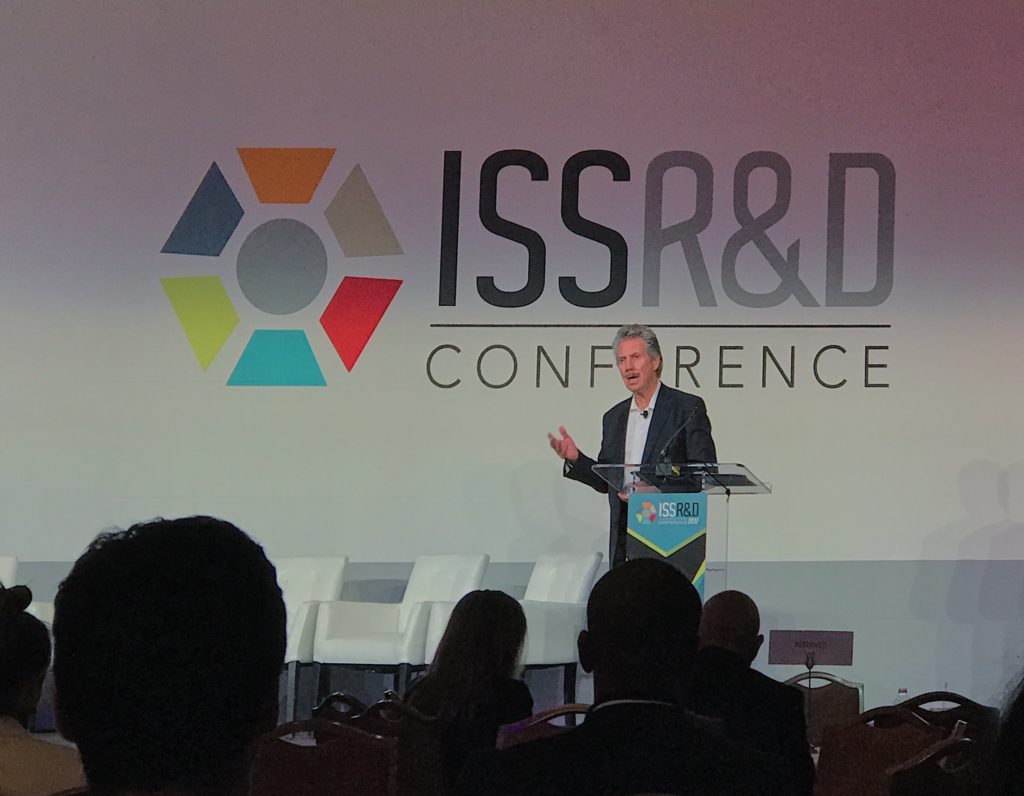
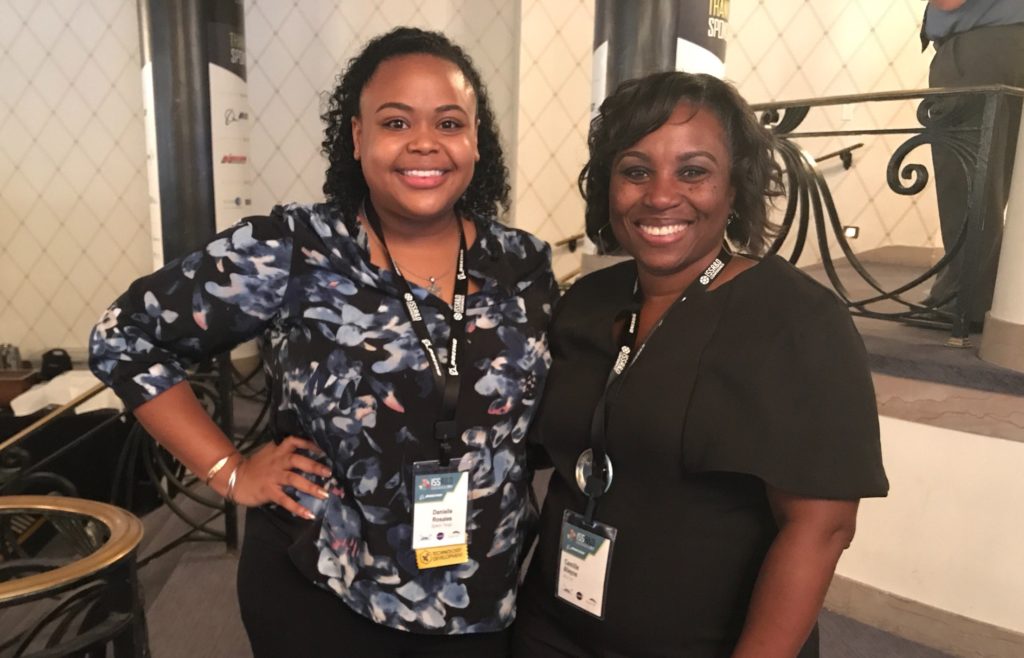
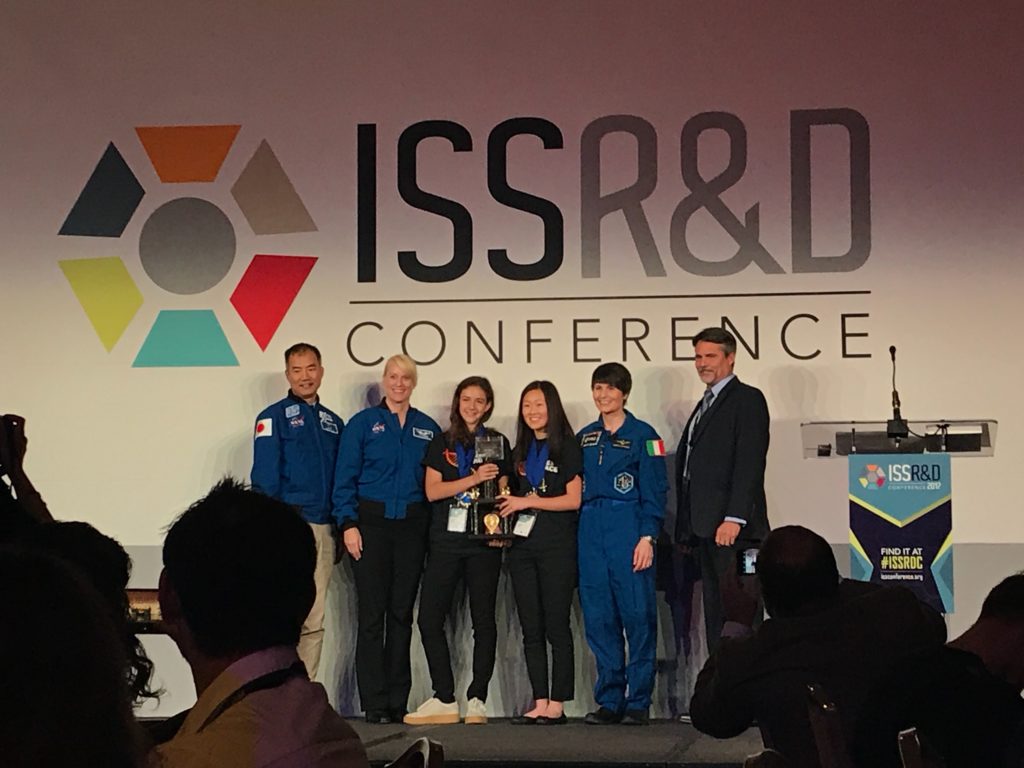
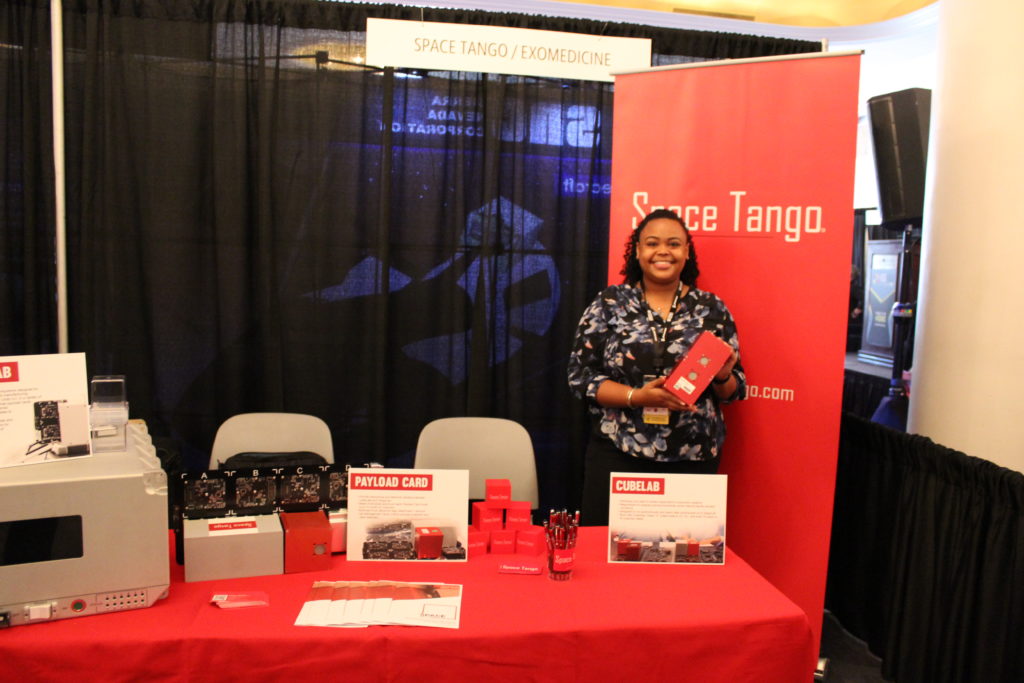
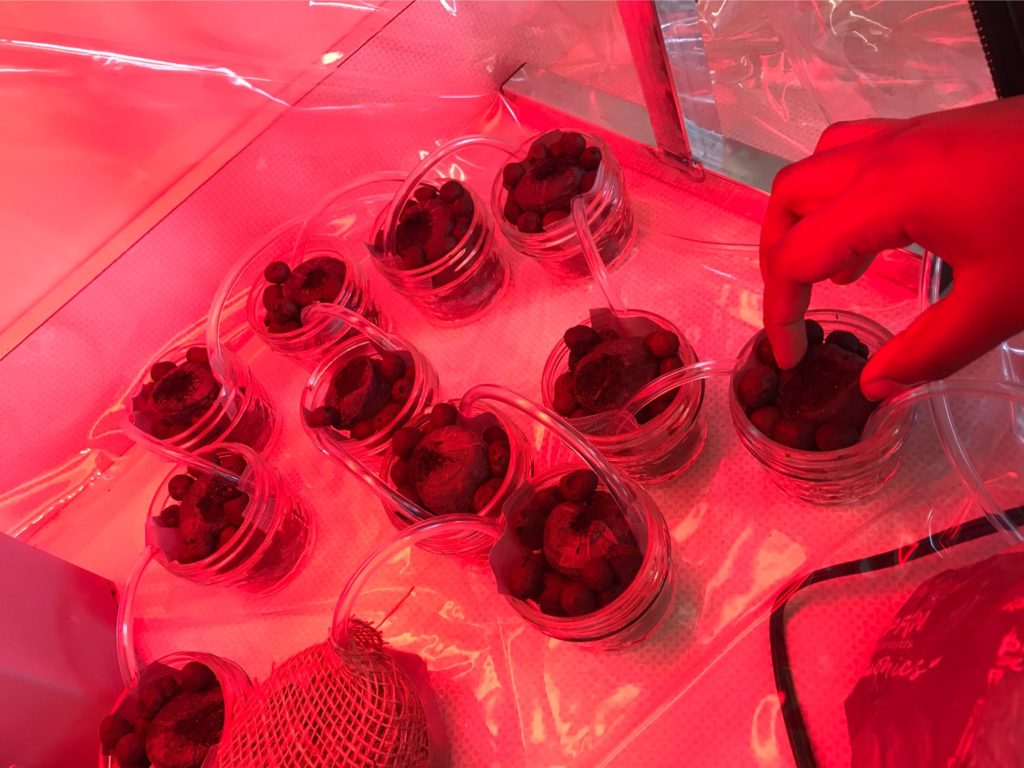
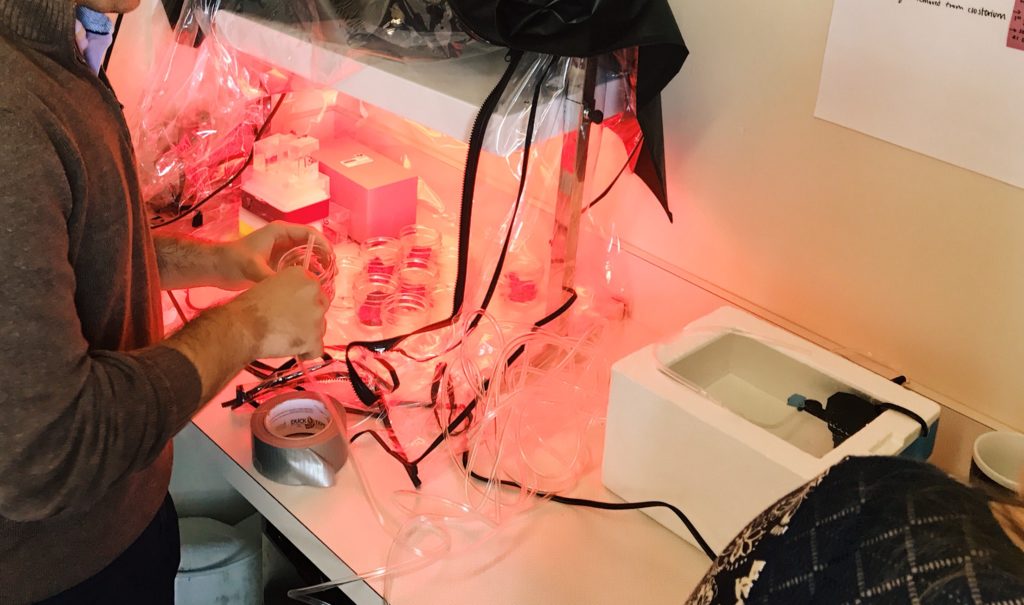
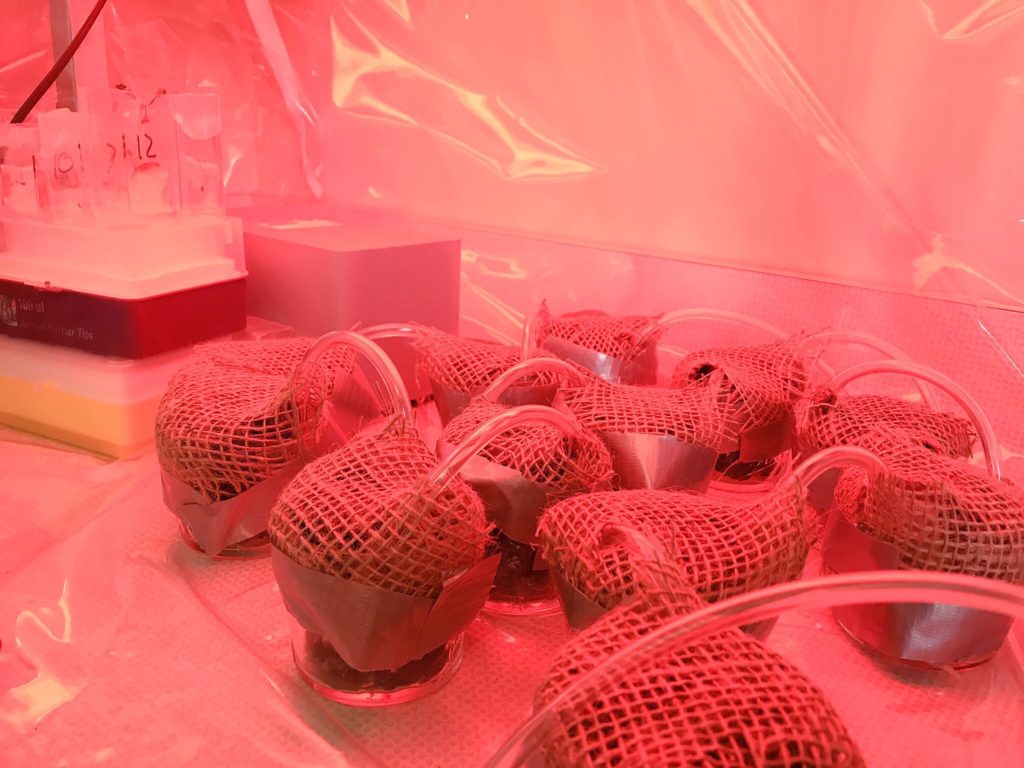
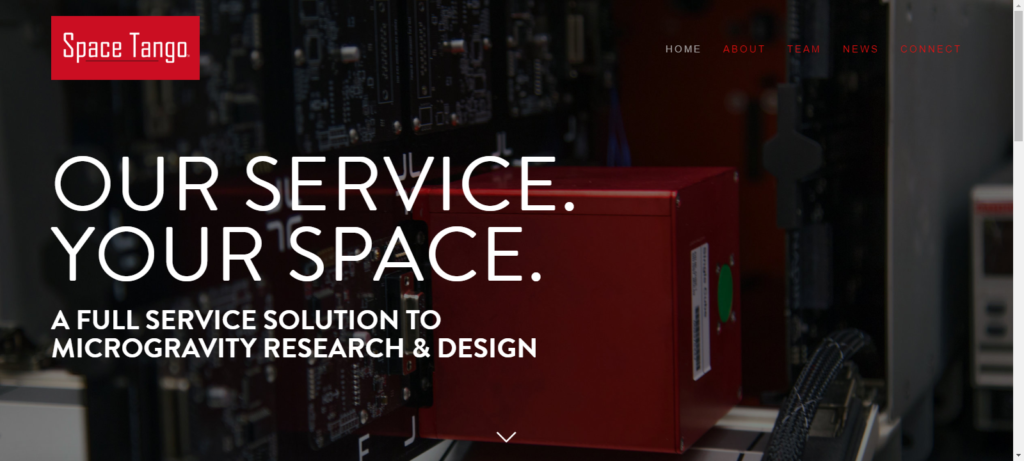
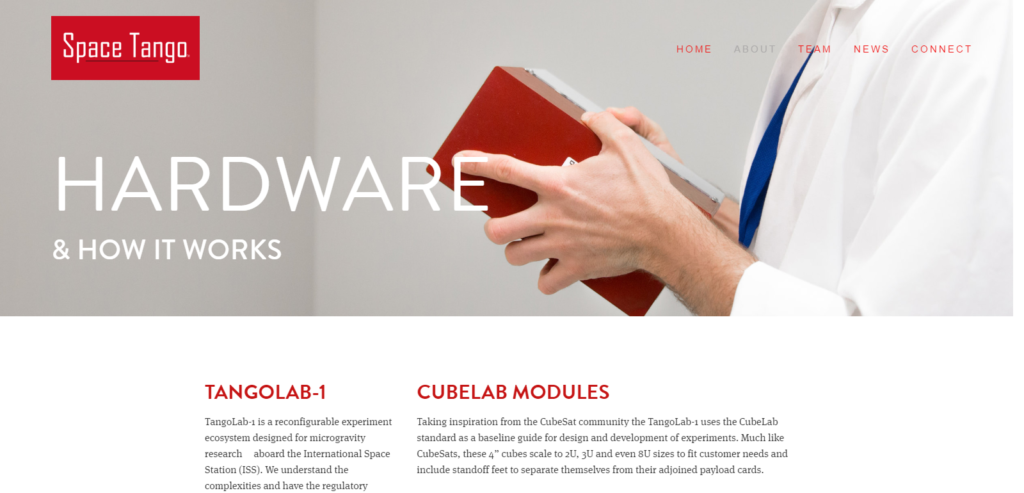 I had to conduct a series of interviews with employees and partners to make sure I was effectively communicating the company mission. I embedded videos and reorganized the site in its entirety. I’m most proud of how clean the design looks. We used a professional photographer at the CRS-10 launch to take photos of payloads and customers. Now we have quality content.; This makes all the difference in design.
I had to conduct a series of interviews with employees and partners to make sure I was effectively communicating the company mission. I embedded videos and reorganized the site in its entirety. I’m most proud of how clean the design looks. We used a professional photographer at the CRS-10 launch to take photos of payloads and customers. Now we have quality content.; This makes all the difference in design.